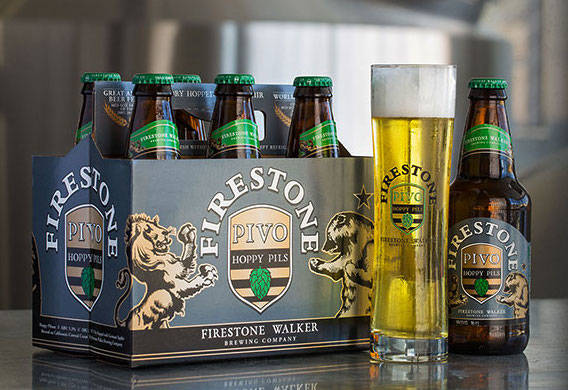In the ever-increasing popular world of craft beer, many styles exist together in perfect harmony. While there are certainly pilsners in that world, it does seem to be a forgotten style. This is a sad fact, because for many of us, it is the style of beer that got us into beer!
Sure our first beer was most likely some macro-brewed, watered down version of a pilsner. It still was a pilsner, though. The pilsner style is still very popular throughout the world and in the macro-brewed world in the U.S. What is this style, though, and why does it seem to lose its luster in the craft beer market?
The style itself dates back to the 1840’s when it was first brewed in the town of Pilsen in the Czech Republic. This town is where the beer gets its name from, and the style grew in popularity throughout Europe and eventually the world.
The light and crisp character of the beer with slight noble hop spice bitterness and low ABV made it a beer that anyone could enjoy. Along the way, brewing giants grew out of the popularity of this style. This growth began to change the beer from a light, flavorful one to one that is watered down and flavorless.
Breweries such a Budweiser, Coors, Schlitz and many more began swapping the more expensive malts in the beer for adjuncts such as corn and rice. The beer kept the same appearance, and many during the time period who drank beer did not seem to mind.
Over time, though, drinkers began to look for more from their beers. In the late ’80s and early ’90s, when the first part of the craft beer movement really took off, it became apparent that beer could offer more. However, due to the poor quality of many pilsners on the market, most brewers sought to brew other styles.
As craft beer began to explode, and with it the IPA style, breweries focused heavily in the area. The hop lovers worshipped at the altar and brewers were all too happy to continue to supply the market with fresh hop-forward beers. This was at the detriment to less popular styles such as the pilsner.
One reason brewers did not immediately start brewing this style, though, is just space and return on investment. Many ales can be turned around from tanks to drinkers’ glasses in three weeks time, whereas lagers like a pilsner can take six to eight weeks. So in that time, breweries could yield two to three batches of other beer instead of brewing just that one. Not to mention that low ABV beers such as pilsners do not demand a high price point.
The market is beginning to change, though. Craft drinkers are looking to have lighter beers along with their high ABV barrel-aged ones. Many session IPAs have been brewed with great success and breweries are expanding more into lagers.
This move is putting pilsners back in their rightful place in our fridges. While the days of drinking cases of low quality lagers are gone for most of us, it is great to know that high quality pilsners are readily available. Not to mention a craft version of a pilsner is the perfect beer to get any non craft-loving friend into the “light.”
So what are some great craft-brewed pilsners to try? Here is a short list of recommendations for anyone looking for a perfect, light, summery beer:
Avery Brewing — Joe’s Pils
Sam Adams — Noble Pils
Dogfish Head — Piercing Pils
Stone Brewing Co. — Who You Callin’ Wussie
Victory Brewing — Prima Pils
Sixpoint Brewery — The Crisp
Firestone Walker — Pivo Pils
Two Roads Brewing — Ol’ Factory Pils





